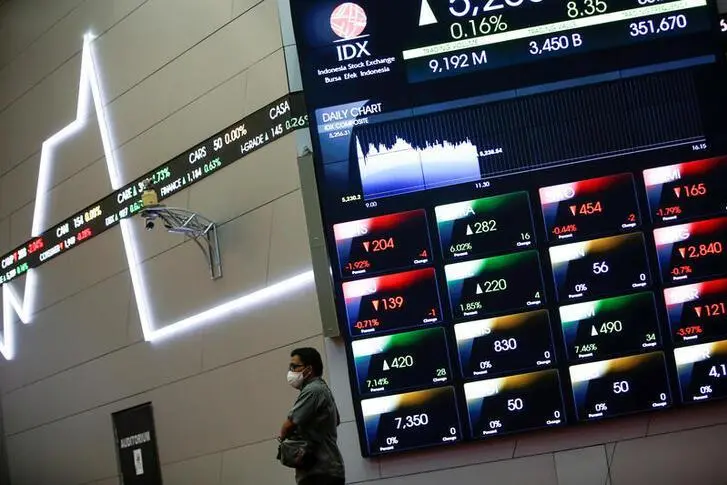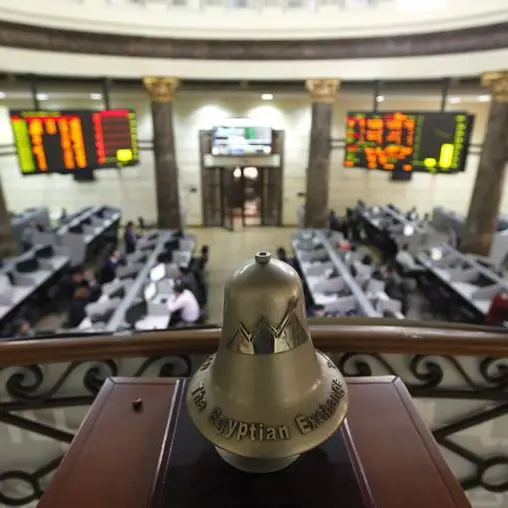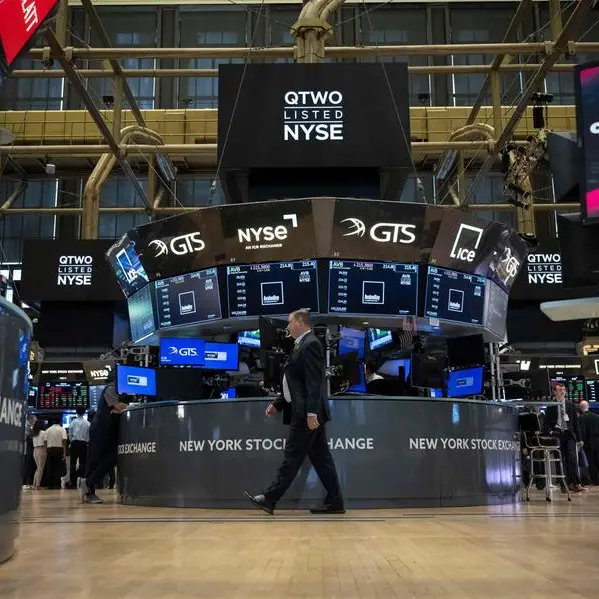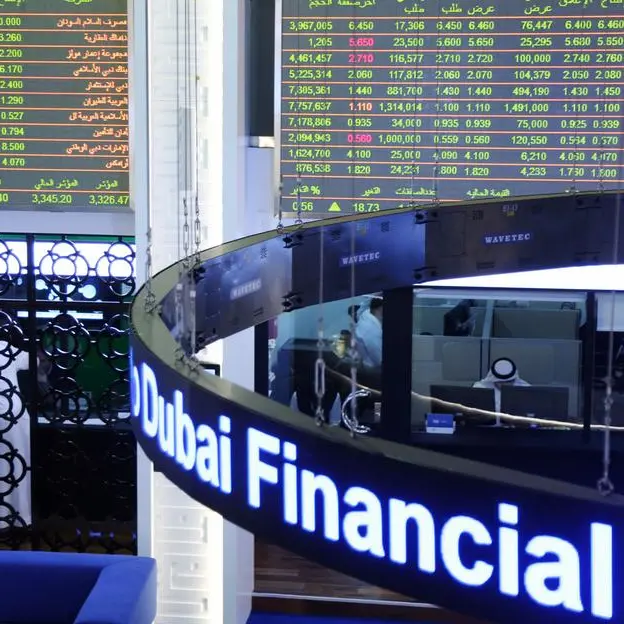PHOTO
Global shares rose for a third day on Friday, thanks to a lift from Japan's Nikkei closing at another 34-year peak and following gains on Wall Street as data revived chances of a June rate cut.
This week's data releases have added to the belief among investors that the U.S. economy at least is holding up well enough not to merit any immediate rate cuts, which has kept the dollar at its highest in three months and set gold on course for its largest weekly drop this year.
However, data on Thursday showed a surprisingly large drop in U.S. consumer spending, which revived the chances of the Fed cutting rates by June and sent Wall Street higher.
The upbeat mood carried into Asia, where the Nikkei closed at its highest since 1989 and then into Europe, with the STOXX 600 hitting its highest since January 2022.
"Everyone is still in this massive 'dip-buying mode' that they’ve been in pretty much all year," Michael Brown, a strategist with broker Pepperstone, said.
"Any dips are lasting 12 hours at most, before the buyers come in and just scoop it up," he said.
U.S. futures pointed to an upbeat start to trading later in the day. Nasdaq futures were up 0.5%, while those on the S&P 500 futures gained 0.2%.
The dollar recovered some poise after a swift sell-off on Thursday to trade 0.24% higher against the yen, which has been wallowing at its weakest since November at levels that have been typically seen as potential catalysts for official intervention.
Bank of Japan Governor Kazuo Ueda said on Friday that monetary policy would most likely remain accommodative, even after ending negative interest rates, echoing recent reassurances from BOJ officials that have weighed on the yen.
"The dollar/yen has sort of consolidated around the 150 level, so that's providing support (to Nikkei). There's the corporate reform still going through, so the exporters will continue to do well," said Tony Sycamore, market analyst at IG.
WEAK DATA, STRONG CONFIDENCE
Figures on Thursday showed that Japan and Britain slipped into recession at the end of last year, and U.S. retail sales last month fell much more than expected. But the upshot of that could be relatively looser monetary policy.
"I think the demand picture is certainly starting to fracture in some of the developed market economies," said Sycamore. "So it does bring forward the idea of rate cuts."
Overnight, data showed U.S. retail sales fell by 0.8% in January, the sharpest drop in 10 months. Meanwhile, UK data on Friday showed a big improvement in retail sales in January, but this did little to prop up the pound.
Markets moved to fully price in a rate cut from the Fed in June, reversing some of the price action after a stronger-than-expected U.S. inflation report prompted traders to give up bets for early rate relief.
Treasury yields edged up after an overnight dip. The yield on benchmark 10-year notes rose 3 basis points to 4.271% ahead of producer price data later in the day.
With the dollar in the ascendant, gold has been under pressure this week. The spot price is heading for a weekly fall of nearly 1%, its biggest weekly decline since late December.
Gold, which has traded consistently above $2,000 an ounce for most of the past two months, rose 0.2% to $2,007 but was down nearly 1% on the week, heading for a second consecutive weekly fall and its biggest weekly fall in 2024.
Oil prices fell on Friday after jumping the previous session. The International Energy Agency on Thursday flagged slowing demand growth this year.
Brent crude eased 0.9% to $82.12 a barrel, while U.S. futures fell 0.7% to $77.45.
(Additional reporting by Stella Qiu in Sydney. Editing by Sam Holmes, Gerry Doyle, Nick Macfie and Susan Fenton)























